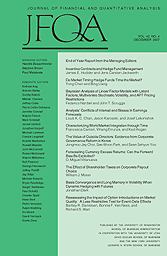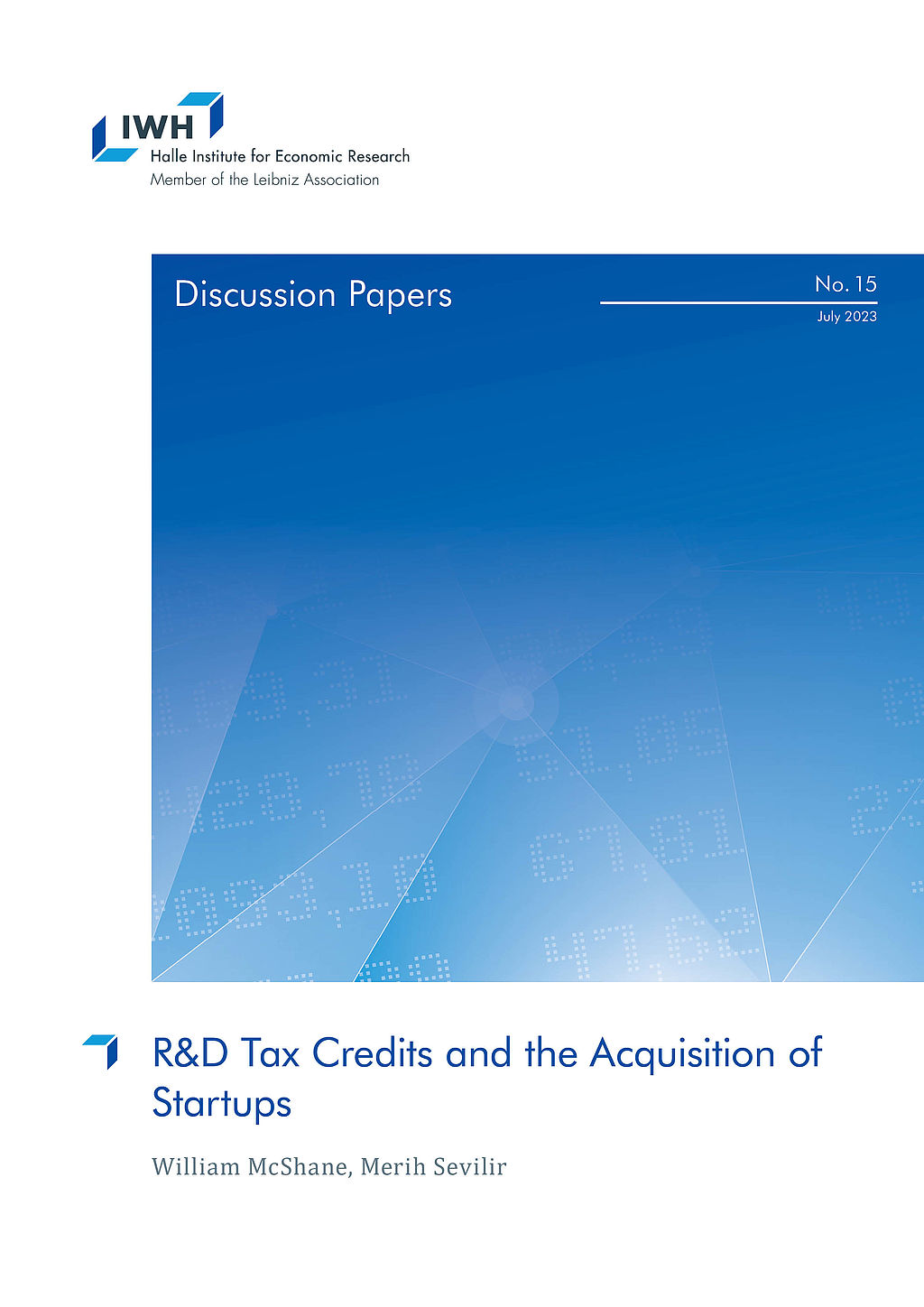Public Capital Markets and Startup Creation
This research group studies the creation of startups with a particular focus on established firms' role as providers of capital and skilled labour for startup creation and growth.
Research Cluster
Economic Dynamics and StabilityYour contact

Leiter - Department Laws, Regulations and Factor Markets
Refereed Publications

Organization and Financing of Innovation, and the Choice between Corporate and Independent Venture Capital
in: Journal of Financial and Quantitative Analysis, No. 6, 2009
Abstract
This paper examines the impact of competition on the optimal organization and financing structures in innovation-intensive industries. We show that as an optimal response to competition, firms may choose external organization structures established in collaboration with specialized start-ups where they provide start-up financing from their own resources. As the intensity of the competition to innovate increases, firms move from internal to external organization of projects to increase the speed of product innovation and to obtain a competitive advantage with respect to rival firms in their industry. We also show that as the level of competition increases, firms provide a higher level of financing for externally organized projects in the form of corporate venture capital (CVC). Our results help explain the emergence of organization and financing arrangements such as CVC and strategic alliances, where large established firms organize their projects in collaboration with external specialized firms and provide financing for externally organized projects from their own internal resources.
Working Papers

R&D Tax Credits and the Acquisition of Startups
in: IWH Discussion Papers, No. 15, 2023
Abstract
We propose a novel mechanism through which established firms contribute to the startup ecosystem: the allocation of R&D tax credits to startups via the M&A channel. We show that when established firms become eligible for R&D tax credits, they increase their R&D and M&A activity. In particular, they acquire more venture capital (VC)-backed startups, but not non-VC-backed firms. Moreover, the impact of R&D tax credits on firms’ R&D is increasing with their acquisition of VC-backed startups. The results suggest that established firms respond to R&D tax credits by acquiring startups rather than solely focusing on increasing their R&D intensity in-house. We also highlight evidence that startups do not appear to benefit from R&D tax credits directly, perhaps because they typically lack the taxable income necessary to directly benefit from the tax credits. In this context, established firms can play an intermediary role by acquiring startups and reallocating R&D tax credits, effectively relaxing the financial constraints faced by startups.

Going Public and the Internal Organization of the Firm
in: SSRN Working Paper, May 2022
Abstract
We examine how firms adapt their organization when they go public. To conform with the requirements of public capital markets, we expect IPO firms to become more organized, making the firm more accountable and its human capital more easily replaceable. We find that IPO firms transform into a more hierarchical organization with smaller departments. Managerial oversight increases. Organizational functions dedicated to accounting, finance, information and communication, and human resources become much more prominent. Employee turnover is sizeable and directly related to changes in hierarchical layers. New hires are better educated, but younger and less experienced than incumbents, which reflects the staffing needs of a more hierarchical organization. Wage inequality increases as firms become more hierarchical. Overall, going public is associated with a comprehensive transformation of the firm's organization which becomes geared towards efficiently operating a public firm.

Private Equity in the Hospital Industry
in: ECGI Working Paper, No. 787, 2021
Abstract
We examine employment and patient outcomes at hospitals acquired by private equity (PE) firms and PE-backed hospitals. While employment declines at PE-acquired hospitals, core medical workers (physicians, nurses, and pharmacists) increase significantly. The proportion of wages paid to core workers increases at PE-acquired hospitals whereas the proportion paid to administrative employees declines. These results are most pronounced for deals where the acquirers are publicly traded PE-backed hospitals. Non-PE-backed acquirers also cut employment but do not increase core workers or reduce administrative expenditures. Finally, PE-backed acquirers are not associated with worse patient satisfaction or mortality rates compared to their non-PE-backed counterparts.












